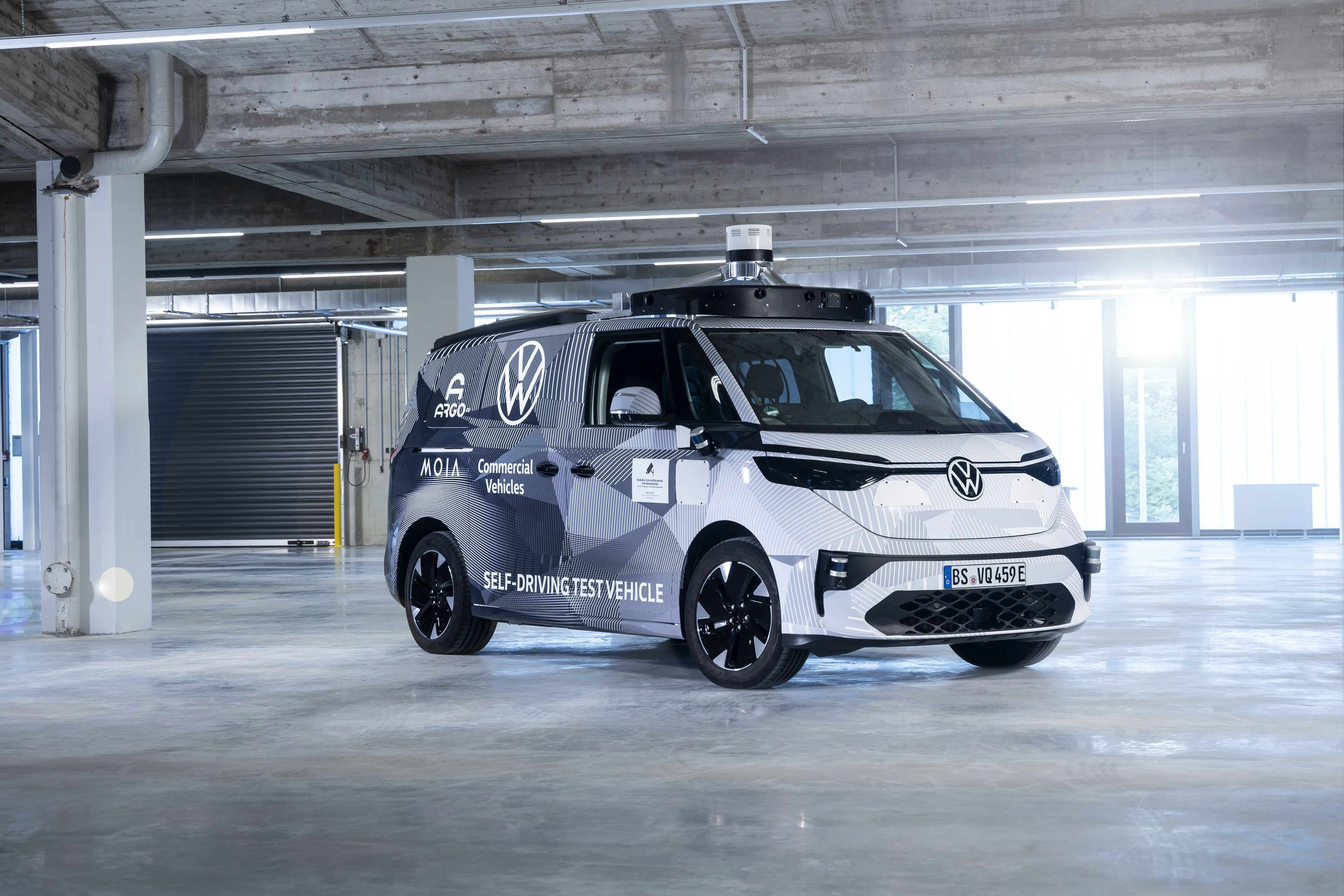The Hamburg Port Authority (HPA) in Germany and NXP Semiconductors have partnered on an intelligent traffic light for the port that they claim optimises the flow of truck traffic and guides drivers through the increasingly heavily used port more quickly and safely.
The smartPORT traffic light was developed by the HPA in conjunction with its partners NXP, Siemens, Heusch/Boesefeldt and Hamburg Verkehrsanlagen.
NXP supplied the solutions for the wireless communication, V2X and RFID, and ensures data pro
June 3, 2015
Read time: 3 mins
The Hamburg Port Authority (HPA) in Germany and 566 NXP Semiconductors have partnered on an intelligent traffic light for the port that they claim optimises the flow of truck traffic and guides drivers through the increasingly heavily used port more quickly and safely.
The smartPORT traffic light was developed by the HPA in conjunction with its partners NXP,189 Siemens, Heusch/Boesefeldt and Hamburg Verkehrsanlagen.
NXP supplied the solutions for the wireless communication, V2X and RFID, and ensures data protection and security, while Siemens was responsible for the connection to the traffic light and traffic engineering modifications. Hamburg Verkehrsanlagen linked up all the different project members’ technical components for operation and integrated them into the overall system.
The intelligent traffic light enables trucks to be guided around the port more quickly to help reduce CO2 emissions. A special automotive Vehicle-to-X (V2X) wireless LAN communication system allows vehicles to communicate securely and wirelessly with infrastructure elements such as traffic lights, road signs and roadworks. An approaching line of vehicles can communicate with the intelligent traffic light to turn it green or keep it green, allowing the vehicles to pass the light without stopping. In addition, radio frequency identification (RFID) technology allows the traffic light to identify vulnerable road users in the vicinity and, as a result, send automatic hazard warnings to approaching trucks via V2X to prevent accidents.
“The intelligent port is a key component of the ‘Strategie Digitale Stadt’ (Digital City Strategy) adopted by Hamburg’s Senate at the beginning of the year. The innovations currently being tested in the port by HPA and NXP will play an important part in making the port even more competitive and will add to the location benefits for the city of Hamburg: we need intelligent traffic solutions that improve both the safety and quality of life of the people who live here,” says Hamburg’s Minister of Economy, Transport, and Innovation Frank Horch.
“We intend to significantly boost the safety and efficiency of traffic and freight management within the port of Hamburg with our smartPORT projects. This calls for innovative concepts and solutions. Based on its experience and expertise in the areas of intelligent traffic management and secure communication, NXP is a key strategic innovation partner for us,” says Dr. Sebastian Saxe, CIO and chief digital officer at the HPA.
The smartPORT traffic light was developed by the HPA in conjunction with its partners NXP,
NXP supplied the solutions for the wireless communication, V2X and RFID, and ensures data protection and security, while Siemens was responsible for the connection to the traffic light and traffic engineering modifications. Hamburg Verkehrsanlagen linked up all the different project members’ technical components for operation and integrated them into the overall system.
The intelligent traffic light enables trucks to be guided around the port more quickly to help reduce CO2 emissions. A special automotive Vehicle-to-X (V2X) wireless LAN communication system allows vehicles to communicate securely and wirelessly with infrastructure elements such as traffic lights, road signs and roadworks. An approaching line of vehicles can communicate with the intelligent traffic light to turn it green or keep it green, allowing the vehicles to pass the light without stopping. In addition, radio frequency identification (RFID) technology allows the traffic light to identify vulnerable road users in the vicinity and, as a result, send automatic hazard warnings to approaching trucks via V2X to prevent accidents.
“The intelligent port is a key component of the ‘Strategie Digitale Stadt’ (Digital City Strategy) adopted by Hamburg’s Senate at the beginning of the year. The innovations currently being tested in the port by HPA and NXP will play an important part in making the port even more competitive and will add to the location benefits for the city of Hamburg: we need intelligent traffic solutions that improve both the safety and quality of life of the people who live here,” says Hamburg’s Minister of Economy, Transport, and Innovation Frank Horch.
“We intend to significantly boost the safety and efficiency of traffic and freight management within the port of Hamburg with our smartPORT projects. This calls for innovative concepts and solutions. Based on its experience and expertise in the areas of intelligent traffic management and secure communication, NXP is a key strategic innovation partner for us,” says Dr. Sebastian Saxe, CIO and chief digital officer at the HPA.










